Introduction
The editor’s study of Colin Chapman is holistic.
Our analysis of his car design is invariably within the context of his strategic business planning and model offer to customers.
Sales supported the brand, contributed to racing, provided further publicity and permitted the brand to survive to this day.
This article is therefore not just about technical specification but the Mk.IX broader contribution to Lotus brand development. As such it has lessons for today –designers, entrepreneurs and product planners.
Subscribers might like to see dedicated and structured complementary A&R pieces:-
- Lotus Sports Racing Cars including Mk.VIII onwards
- MG Engines
- Coventry Climax engines
- Lotus at Le Mans
Brief Contextual Background
In any consideration of car design and technical specification it’s important to note Chapman’s economic/commercial priorities prevailing at the time and also his response to customer requirements.
The Mk.VIII had earnt the brand international competition success and this probably with resultant publicity generated demand from customers wishing to enter motor sport through sports racing cars.
However customers may have expressed preferences or indeed reservations.
In the Mk.IX Chapman seems to have taken the better aspects of the Mk.VIII and improved access and ability to service the car. This would be a major consideration for individual private racers mechanics. Good access also facilitated racing by allowing mechanical repairs, alterations for circuits etc. to be performed with relative ease possibly in the field.
The editors list the factors we believe might have been in the background helped Chapman determine the specification of the Mk.IX:-
- Colin Chapman marries Hazel Williams in 1954 , they buy a house and start a family; regular income becomes priority
- Colin and Mike Costin work full time for Lotus from 1955 [ Colin resigns from British Aluminium, they were London based]
- Lotus have good order book [Mk.VI remains popular along with engineering modifications and tuning components including engines etc.
- Brand enjoys competition success at International level , resultant publicity
- British economy moving from austerity towards affluence
- Lotus exhibit at Motor Show
Technical Specification from Taylor
| Model | Mk.IX |
| Year | 1955 |
| Volume | 24 |
| Engine | Coventry Climax FWA ,MG XPAG or Ford Ten |
| C.C. | 1172, 1098 and 1467 |
| Carburation | Twin SU |
| Power Output | 50-70 bhp |
| Transmission | MG J Type 4 speed ,MG Tc or Ford 10 |
| Chassis | Tubular steel space frame |
| Body | Aluminium |
| Front Suspension | Split Ford swing axle with coil spring dampers |
| Rear Suspension | de Dion or Ford 10 axle with coil spring dampers |
| Brakes F/R | Lockheed Elektron 11 inch Alfin drums inboard rear later Girling discs |
| Wheels F/R | 15x 4.5 inch wires |
| Tyres F/R | 4.25 x15 /5.25 x 15 |
| Length | 142 inches |
| Width | 56 inches |
| Height | 27 inches , 33 .5 inches with screen |
| Wheelbase | 87.5 inches |
| Track | 48.5 /47.5 inches |
| Weight | 924-1008 lbs. |
Form and Function
The Mk.IX was handsome purposeful car. Its shape was revised slightly from that of the Mk.VIII. In doing it was made more practical but the aerodynamics did not suffer.
The aesthetic of the Mk.IX articulates form and function as examination of our photographs reveal.
The following helps distinguish the Mk.IX:-
- Shorter in length than Mk.VIII but believed on same wheelbase
- Higher , thicker and shorter rear fins
- Perspex screen more wrapped round [ see photographs]
- Body work partly removable for access
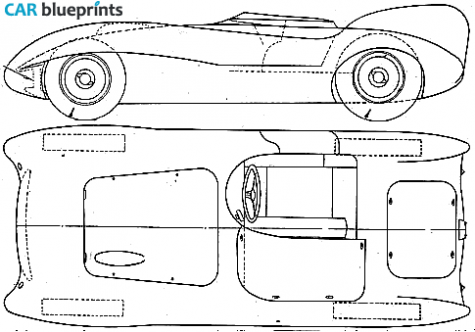
Figure 3.Drawings taken from the net
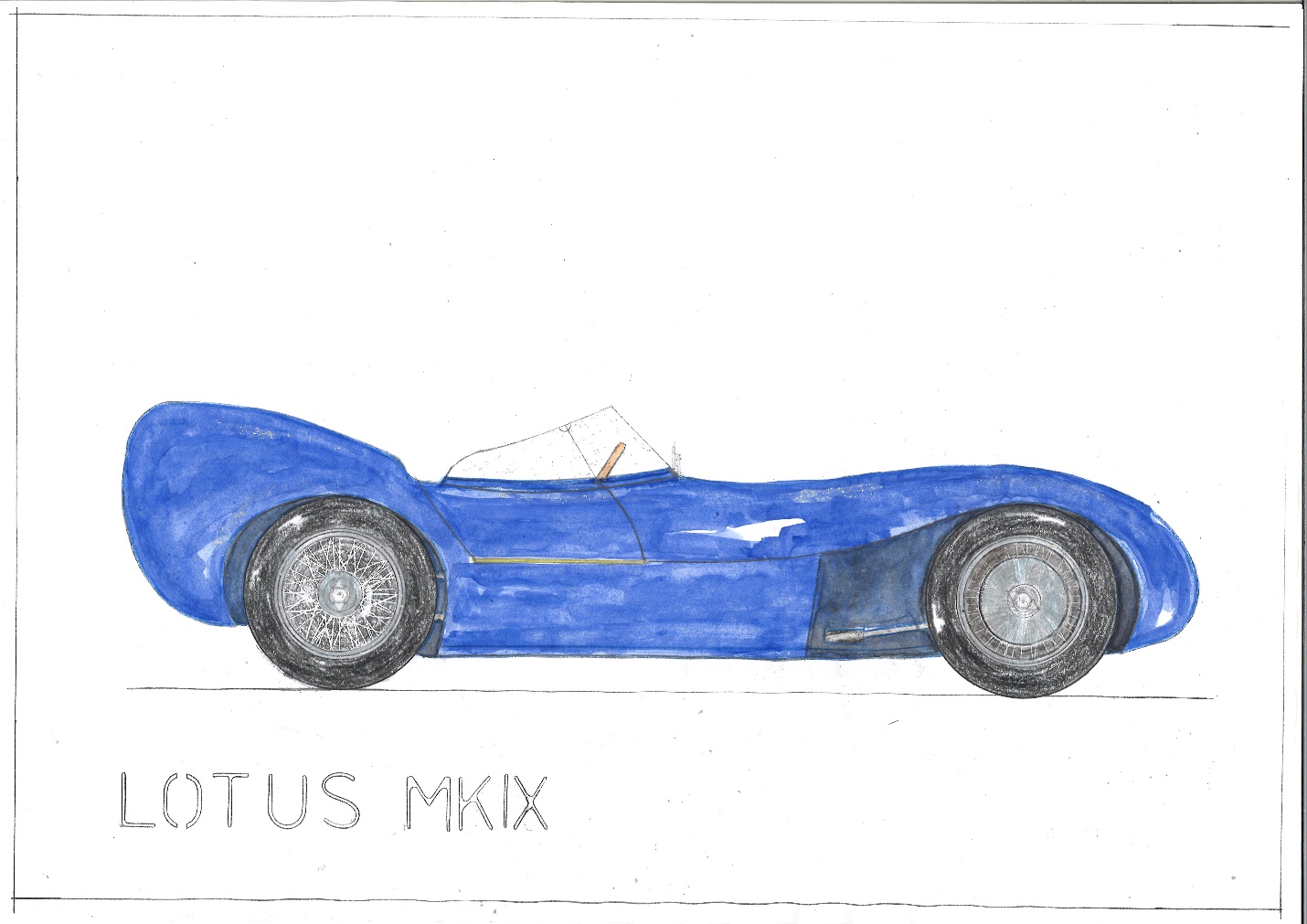
Figure 4.Editors sketch drawing of side elevation of Lotus Mk.IX
We suggest that subscribers try and access a Midlantic scale model of the Mk.IX in order they can better appreciate the 3D interrelationship of the design.

Figure 1.1/43rd scale model of XPE6 by Midlantic
The editors find the lines of the Mk.IX appealing .There remains an organic aerodynamic shape achieved primarily through the four wheel arches, the rear obviously blended into the fins.
The wrap round screen a metal tonneau over the passenger side of the cockpit does not detract and lends a compactness to the overall design. Access to the driving seat and visibility are good.
HUD 139 [Classic Cars. Jan; 1984]
Rather than repetition we direct subscribers to the magazine article noted. We hold a copy in A&R library if needed. A reproduction is also printed in Capel and Clarke.
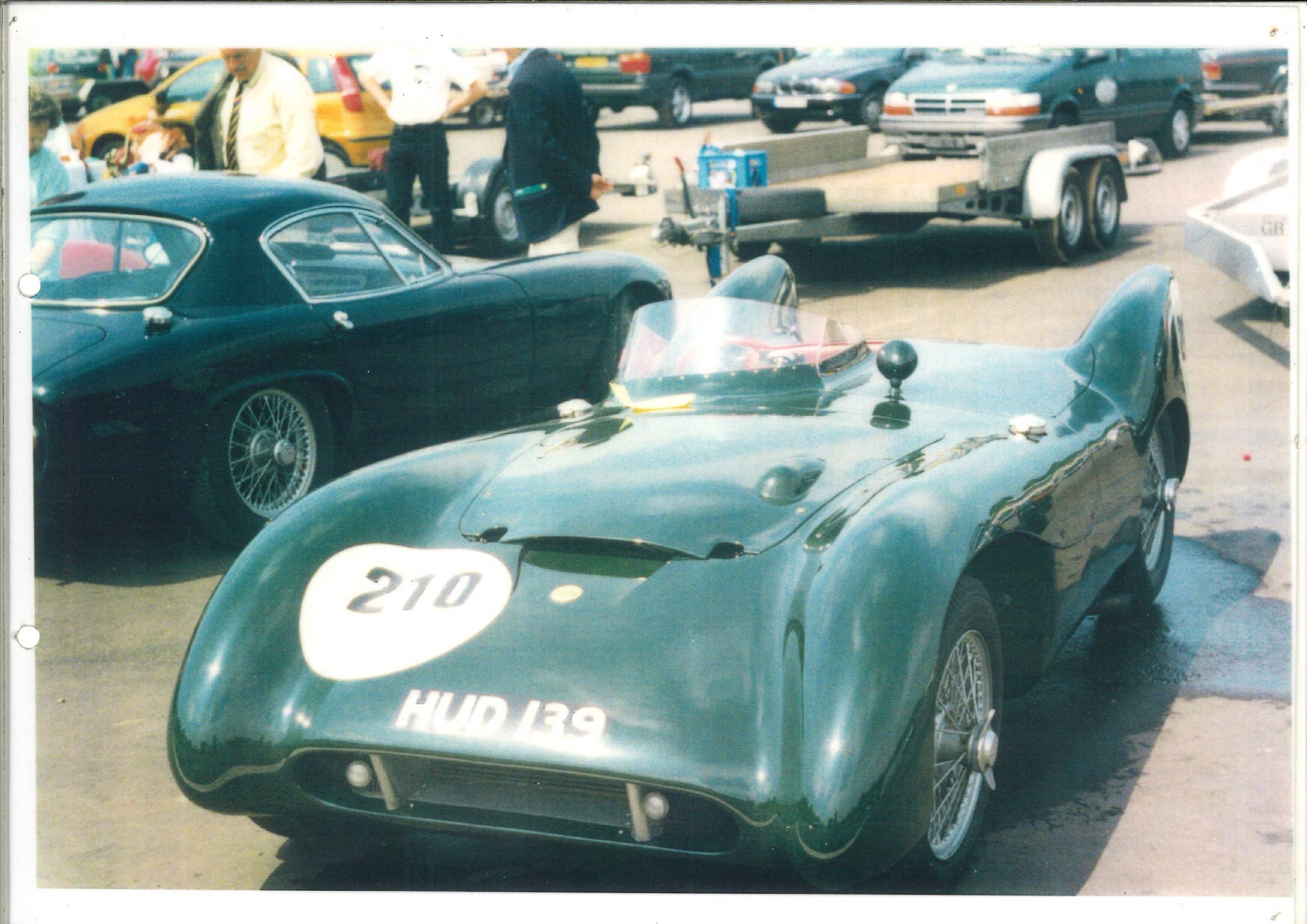
Figure 2.Editors photograph Mk.IX HUD 139
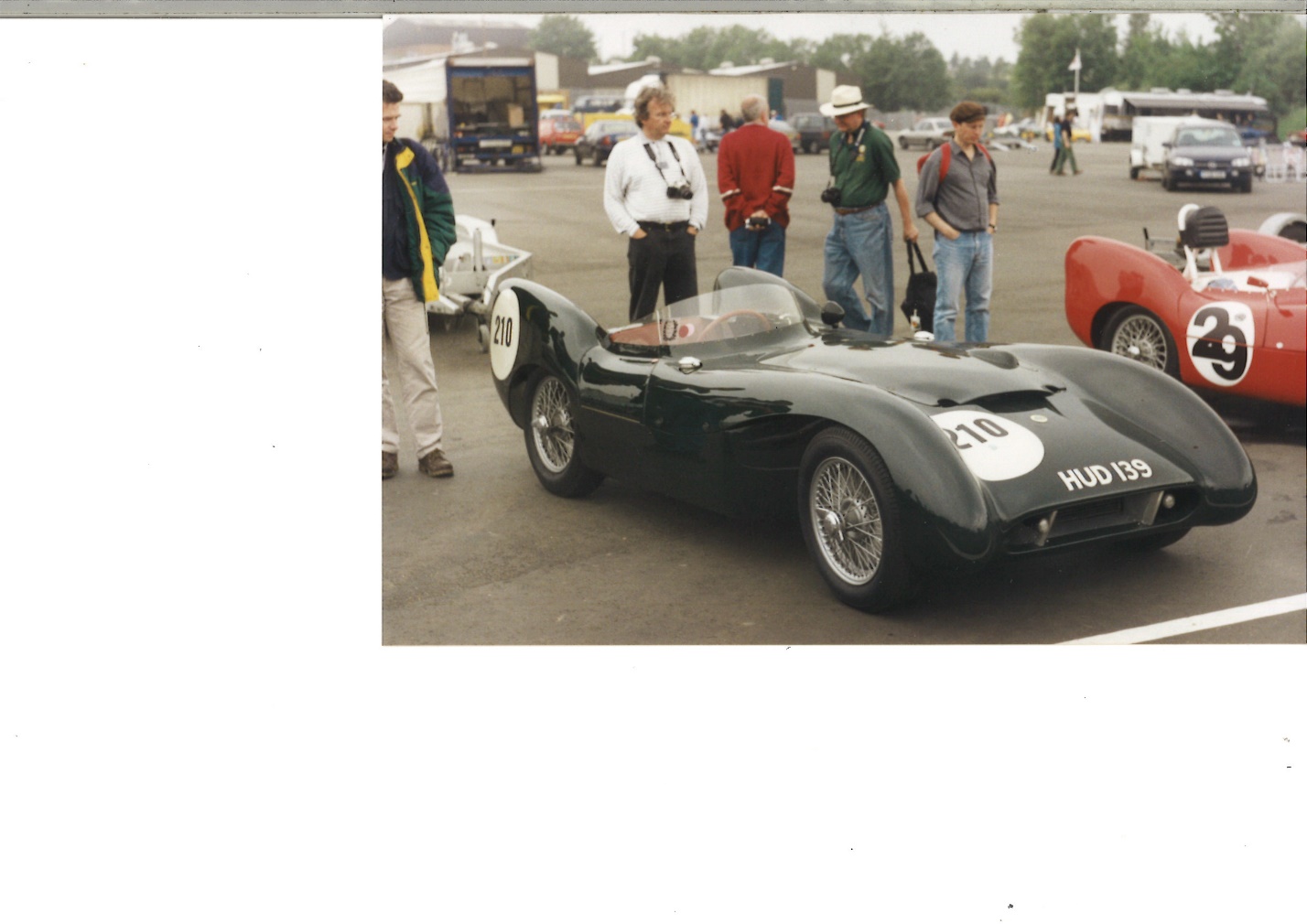
Figure 3.Editors photograph of Lotus Mk.IX.
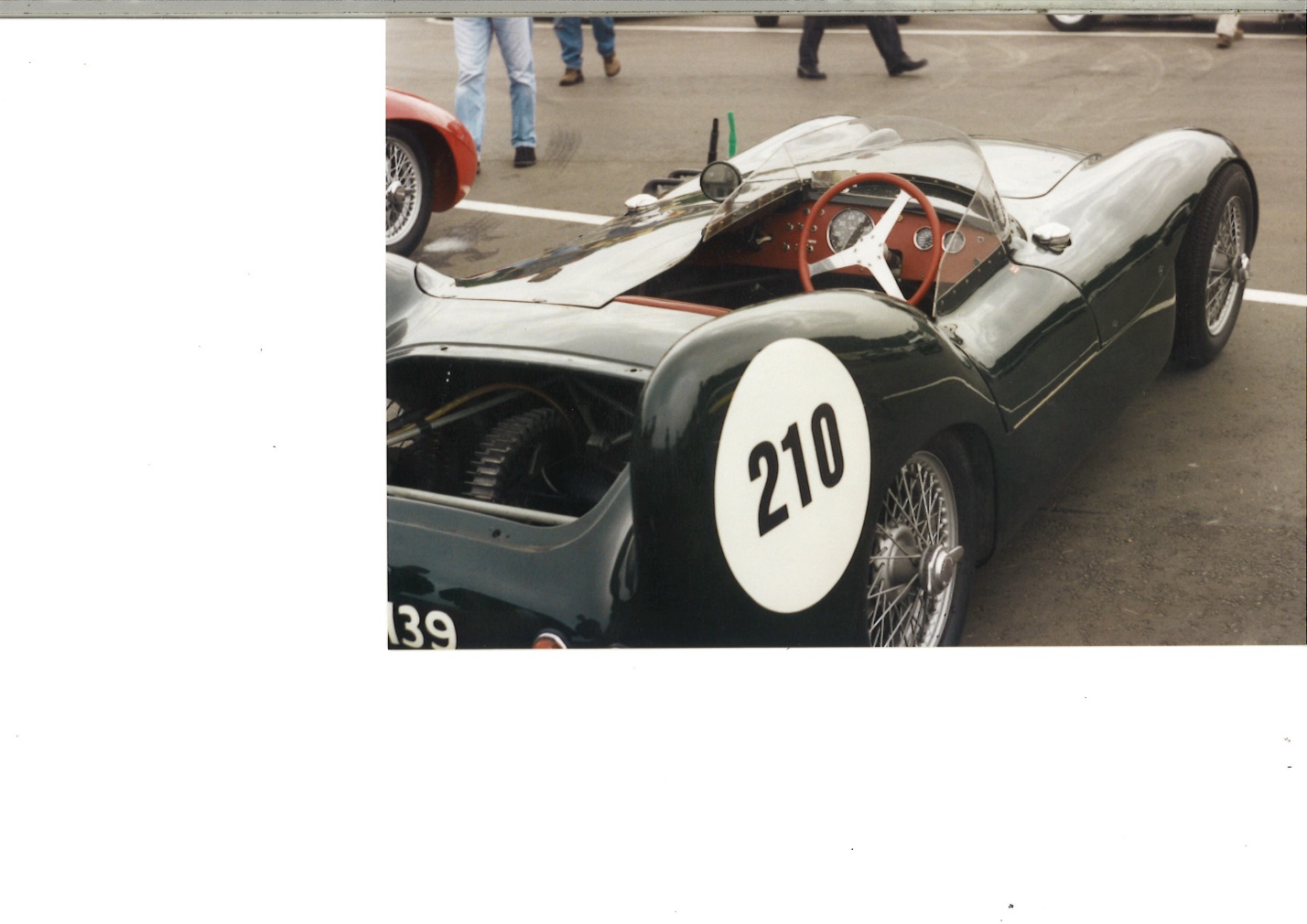
Figure 2.Editors photograph of Lotus Mk.IX .Note inboard brake at rear as seen through boot lid. These are the magnesium finned items written about in detail in many reference books.
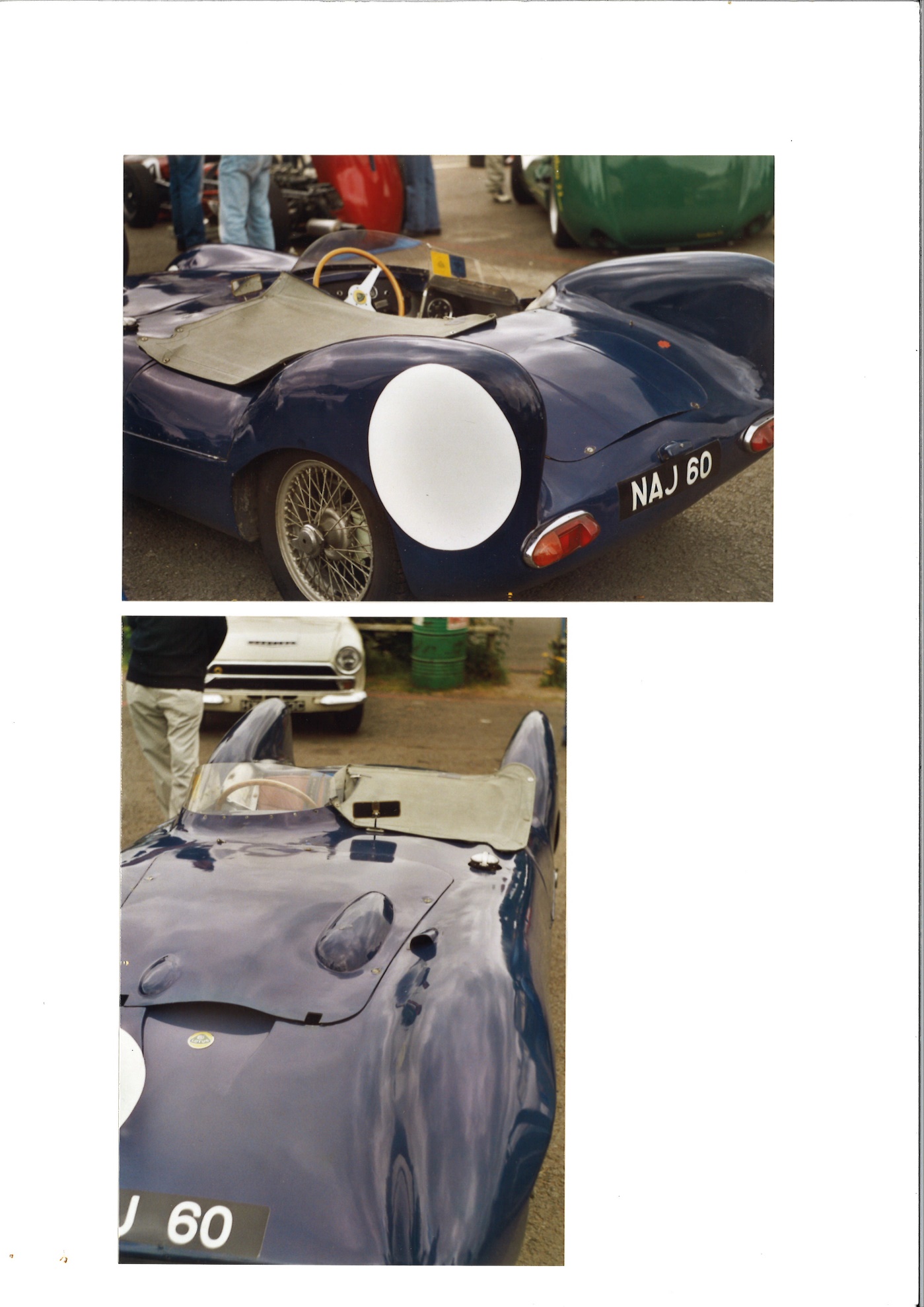
Figure 5.Further supplementary editors photographs. This car is also featured in Taylor “The Lotus Book”
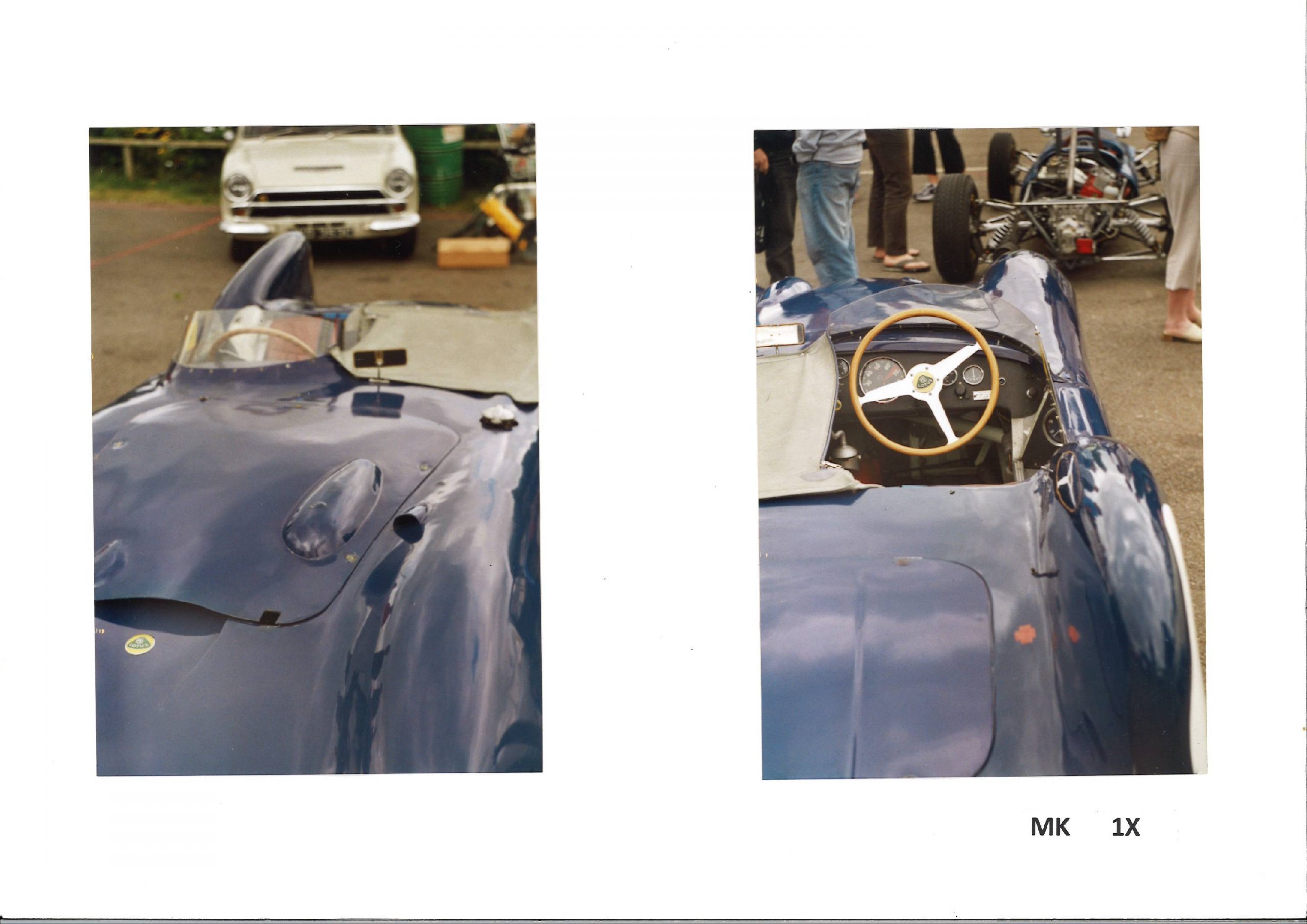
Fig .6: Editors photographs. The Lotus Mk.IX is an extremely beautiful and complex aerodynamic shape and worthy of detailed attention and record.
Le Mans and XPE 6
It was great honour and achievement for Lotus to be accepted for Le Mans.
Chapman was to drive with Ron Flockhart.
This was also the year of the horrific accident when large numbers of the public were killed.
Avoiding repetition we invite subscribers to see our dedicated article “Lotus at Le Mans”
“11-12th June, Le Mans 24 hours. Lotus was fastest 1,100cc car .Disqualified for regulation infringement.
The editors suggest the selection of the car fitted with Coventry Climax engine was significant as an indication of performance, expected reliability and potential to compete in recognized class.
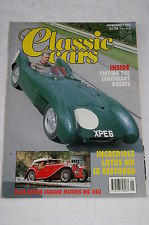
Figure 7.Clasic Cars.Jan.1993.
Avoiding repetition we direct subscribers to the important “Classic Cars” double feature on the Le Mans Mk.IX [XPE 6].Again copies in A&R and Capel and Clarke. These sets of articles are important summaries of the historical importance of this Le Man’s car and its technical specification.
The following are some speeds recorded at Le Mans typical of the mid 1950’s era. Subscribers might like to compare these with Road Test data recorded by Bolster [see below] Data from the net:-
| Car | Engine | Maximum Speed |
| Ferrari 121 LM | Ferrari 4.4L S6 | 291.2 kph |
| Jaguar D-Type | Jaguar 3.4L S6 | 281.9 kph |
| Mercedes-Benz 300SLR | Mercedes-Benz 3.0L S8 | 270.7 kph |
| Cunningham C6-R | Offenhauser 3.0L S4 | 237.6 kph |
| Aston Martin DB3S | Aston Martin 2.9L S6 | 236.8 kph |
| Porsche 550 RS Spyder | Porsche 1.5L F4 | 225.3 kph |
| D.B. HBR-MC | Panhard 745cc F2 | 170.8 kph |
Road and Track [including tests by John Bolster] MG &Coventry Climax power units and “Motor” Feb.1st, 1956
“49 miles per gallon at a mile a minute”
This was the strap line of “Motor” article on the Mk.IX with 1100 cc Coventry Climax engine. The testers record the speed available with different gearing.
They also take the trouble of publishing drag weights and a small comparison with other marques.
The reported findings were very significant.
Both Bolster and test drivers at “Motor” were complementary about handling and the suitability of the car as sports car.
| Fuel Consumption | |||
| mpg | steady | mph | |
| 65 | 30 | ||
| 61 | 40 | ||
| 55.5 | 50 | ||
| 49 | 60 | ||
| 43.5 | 70 | ||
| 38 | 80 | ||
| 33 | 90 | ||
| Acceler’ | “X” | “Y” | |
| 0-30mph | 3.2 sec | 3.2 | |
| 0-40 | 4.5 | 4.5 | |
| 0-50 | 6.1 | 6 | |
| 0-60 | 8.2 | 7.9 | |
| 0-70 | 10.8 | 10.2 | |
| 0-80 | 13.9 | 13.3 | |
| 0-90 | 18 | 17.6 | |
| 0-100 | 25 | 25.8 | |
| Standing 1/4 mile | 16.6 | 16.1 | |
| Max speed | |||
| [no passenger] | 113mph | [mean] |
John Bolsters test of MG and Coventry Climax powered cars
| MG | Coventry Climax | |
| Lotus Mk.IX | ||
| S-race 2 seat | ||
| Price less E,Gb | £850 | |
| Engine | ||
| cylinders | 4 | 4 |
| bore/stroke | 72x90mm | 72.4×66.6mm |
| cc | 1,467 | 1,097 |
| valve | pushrod ohv | sohc |
| head | light alloy | light alloy |
| bhp | 85 at 5,800 rpm | 81bhp at 6,700 rpm |
| compression r’ | 9.5 to1 | 9.8 to 1 |
| carburetters | twin SU | twin SU |
| Electrical | Lucas coil & distributor | Lucas coil & distributor |
| Transmission | ||
| clutch | Borg&Beck racing | |
| gearbox | 4 speed remote control | |
| propeller shaft | open Hardy Spicer | |
| chassis | multi-tubular space frame | multi-tubular space frame |
| front suspens’ | Indp’swing axle | |
| rear suspens’ | de Dion axle, c-s .dampers | |
| brakes | Girling 9″ discs | |
| wheels | racing type wire .knock on | |
| tyres | 4.50×15 f and 5.25×15 r | |
| Electrical | 12v lights, starting +instrum’ | |
| dimensions | ||
| wheelbase | 7ft-3.5in. | |
| front track | 4ft.-10.5in. | |
| rear track | 3ft-11.5in. | |
| o’length | 11ft-8in. | |
| weight | 9cwt. | 8cwt-1q |
| Performance | ||
| max sped | 128.6mph | 127mph |
| 3rd | 85 | 95 |
| 2nd | 53 | 60 |
| 1st | 32 | 36 |
| standing 1/4 | 15.4sec | 15.8sec |
| 0-30 | 3.4sec | 3.2 |
| 0-50 | 6.6 | 6.2 |
| 0-60 | 8.6 | 7.8 |
| 0-80 | 13.2 | 14.6 |
| 0-100 | 22.4 | 23.6 |
| Fuel Consu’n | ||
| racing | 20mpg | 20mpg |
| road | 30 approx. | 30 approx. |
This Road Test is more important than imagined .Not only objective it provides interesting contrasts of two different engines. This complementary with the Le Mans performance are likely to have profound influences on sales. These tests would reach an international audience.
Marketing the Marque:”The Lotus System”
The sales material of the era is worthy of examination.
Lotus was offering the Mk.VI and IX in component form. These were an inducement to purchase in the event customers had existing engines. Also it would assist budgets and possibly allow incremental build up.
Some enthusiasts might for instance overhaul or commission and engine whilst awaiting delivery of chassis body unit.
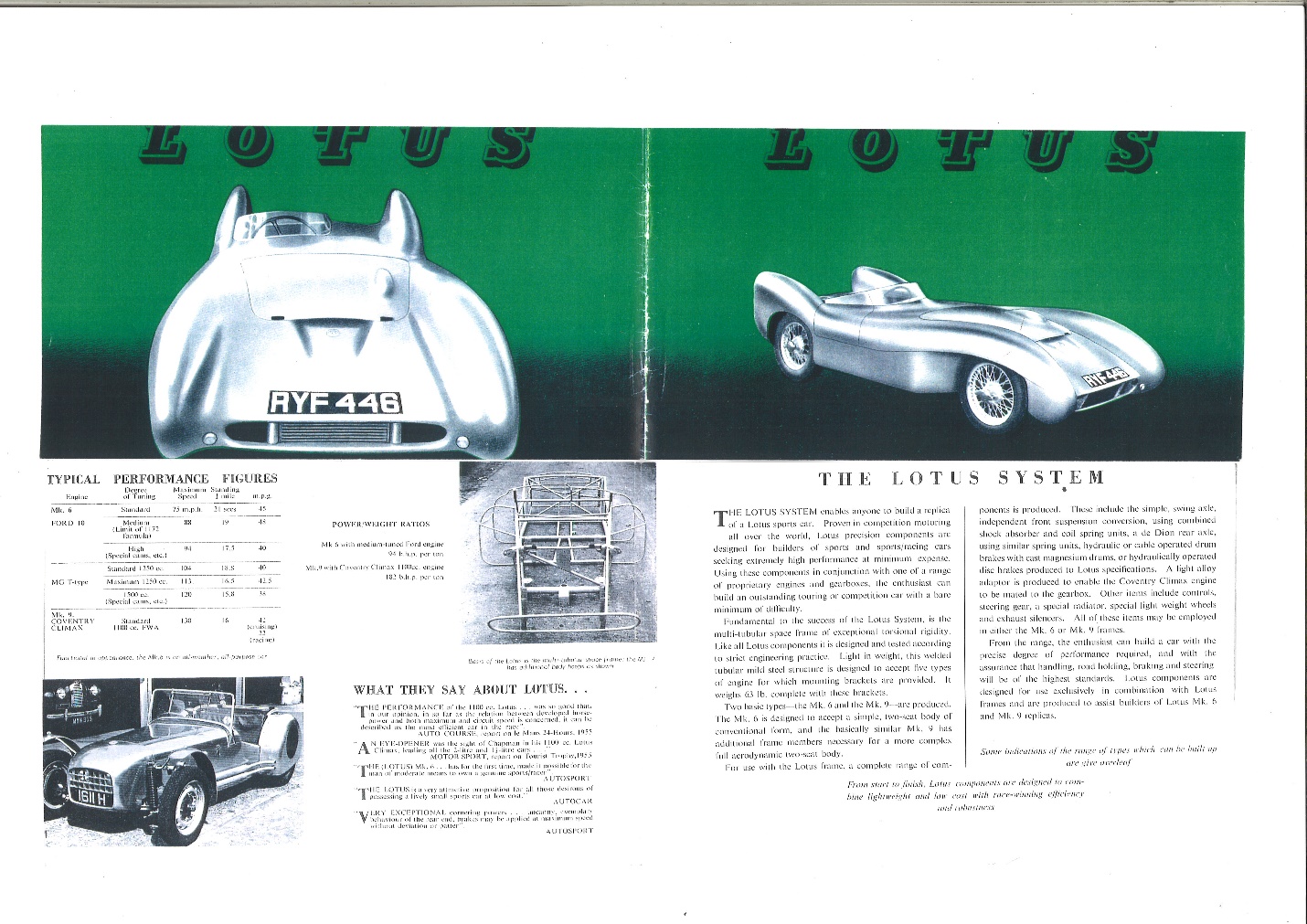
Figure 4.Lotus sales brochure for Mk.VI&IX.A&R collection. Note the Mk.VI shown is the ex-Chapman car and in the editors mind one of the most handsome of the Mk.VI.
Competition and Commercial Considerations/Retail Prices
In a 1955 edition of Autocar in an article entitled “Lotus Mark Nine Competition car. The IX was priced at £850 in kit, less engine and gearbox.
Ian smith in “Lotus –The First Ten Years states:-
“as there were now Customers purchasing complete cars –initially these were mostly overseas buyers –a full retail price had to be quoted .with the 1100cc Coventry Climax engine fitted this was listed at £1,150 –in this country the crippling burden of Purchase Tax had also to be added…….because of the lack of space and the desire to enable the enthusiast to construct his own motor car ,Lotus were still very keen on supplying the Mark 9 as a chassis /body unit and then modifying and producing the other components for the customer to assemble himself.”
Capel and Clarke reinforce this point confirming with Purchase Tax the total price was £1633.
They quote by comparison an Austin A30 at £475 and Jaguar Mk.VII at £1616.
US price ranging from $3500 to $4800 [delivered?]
It would be good research to examine other British specialist marques and their offer /production figures .In this instance the editors consider Cooper might be closest rival in capacity class.
Lotus at the Motor Show
“Lotus was accepted as members of the Society of Motor Manufacturers and Traders and in 1955 was therefore able to display its wares for the first time at the October 1955 Earls Court Motor Show, including a highly polished Mk.IX without any body panels……….”
Subscribers are directed to the internet to explore the Pathe news coverage and imagery of the event.
It has to be noted that as Britain moved from austerity to prosperity this event possessed great significance as indicator of recovery, British technology, exports and manufacturing. Personal possession of a car was status symbol and offered freedom and linked up with fashion and life style.
Members of the SMMT were proud to exhibit .For Lotus it was very significant as it accorded them great status and recognition.
We have to appreciate the context of the times to fully appreciate this achievement and how it was reached so soon into the young company’s existence.
Nine Stars Group [USA]
Two Mk.IX were dispatched to race at Sebring [1100 cc class]
The editors consider these two cars possibly had disproportionate success and garnered generous publicity.
This was important for Lotus. Although the Mk.VI had found its way to the US the editors believe the arrival of the Mk.IX was a watershed.
Taylor suggest that 24 Mk.IX were produced. The editors consider it would be good research to establish the exact number exported to the US.
We consider the following might have impacted:-
- By 1955 Lotus reputation was being established in International competition
- The US economy and exchange rate might have made cars relatively affordable
- The US home tuning market might have favoured cars being imported less engine/gearbox
- The 1100cc was possibly attractive option and Coventry Climax engines appreciated
- Many ex US servicemen identified and possibly owned MG cars, raced them and tuned the engines. Therefore a sophisticated body/chassis would appeal and enable them to update and retain parts they knew
- US wealth might have seen increased tourism to UK and Europe and motor racing enthusiasts might have experienced Lotus competing
- The Bolster and “Motor” road test was probably was seen as objective and impressive ,sufficient to justify and provide assurance in purchase
Learning Opportunities
Our learning /educational opportunities are intended to be challenging thought provoking and requiring additional research and/or analysis.
These opportunities are particularly designed for a museum/education centre location where visitors would be able to enjoy access to all the structured resources available in conjunction with any concurrent exhibition.
In this instance we suggest the following might be appropriate:-
- Why did Mk.IX sell better than Mk.VIII?
- Consider Chapman’s annual model upgrade, how much effort was required?
- The Mk.IX was tested as road car what are the implications?
- Which major marques exhibited at 1955 Earls Court Motorshow?
- Evaluate if Lotus 1955 entry to Le Mans was cost effective
- What did Chapman’s driving skill bring to the brand?
- Chapman received excellent motor magazine coverage –suggest why?
- Why do you think the Eleven outsold Mk.IX?
- What film stars have been active in motor sport?
- Research when Coventry Climax and MG engines became widely available in the US. Who were the distributors, where were they located and what was retail prices?
- What Motor sport magazines were in circulation in US concurrent with Mk.IX? What was their circulation?
Education Exhibitions and Economics
The proposed museum believes that commercial considerations are both necessary and complementary with its educational objectives.
For these reasons our Business Plan includes provision for promoting products and services which share Chapman’s ideals of mechanical efficiency and sustainability. In addition we propose merchandising that explain and interprets the social and cultural context of Chapman’s designs in period. It’s suggested there will be catalogue for on line purchasing.
In particular:
- Nine Tails
- Nine Lives
- Nine Drives
- “You’ll not see nothing like the mighty Fin”
- Flying Cars&FilmStars
- Lotus Mk.IX:Trackside/Stateside
Conclusion: Tales of the Unexpected and Expected!!
Repetition is unnecessary. neither is the need for an extended conclusion. The evidence is there. In 1955 along with the Mk.IX the Lotus brand was established barely 3 or 4 years into its existence. Chapman and Lotus had taken off and they were delivering:-
- Meeting customer needs –witnessed production volume
- Meeting export targets “Export or die” British post war economy –witness sales to US
- Objectivity of performance and economy witness Independent Test Results
- Demonstrating conclusively the sustainability , efficiency and performance of small light cars –witness Mk.IX and Le Mans
- International Level Racing ability: witness Le Mans and Sebring etc.
- Established marque/brand-witness Motor Show
- Chapman’s maturity and entrepreneurial spirit: witnessed by the fact he had confidence to lave secure job , manage his brand , continue to drive competitively and to be so assured as to design a competition and commercial success like the Mk.IX
- Ambition for the Future- witness the sheer momentum going forward and the anticipated conceptualization of Eleven and Elite amongst crop of cars including first entry into GP racing
In a light hearted fashion [and source of exhibition title] we might make some word play and comparison with Lotus and Chapman.
Some people believe the nine lives myth is related to cats‘ ability to always land on their feet. Cats are also known for their dexterity and agility. Over time, people witnessed cats survive in situations that surely would have severely injured other animals. This might sum up aspects of Chapman.
The editors like to think that the proposed CCM&EC justifies its educational role as this article demonstrates Chapman and Lotus provide educational opportunities far wider than engineering not least into product planning and development along with marketing.
The Mk.IX were built at Tottenham Lane ,Hornsey.Subscribers are invited to examine the many reference works as both Chapman and the Mk.IX are photographed with recognizable background and townscape of Hornsey in period
Reference:
http://www.racingsportscars.com/type/Lotus/Mark%20IX.html
Lotus Sports Racers.Capel&Clark.Brooklands.
ISBN: 1855205556
Le Mans from the net:-
- Spurring, Quentin (2011) Le Mans 1949-59 Sherborne, Dorset: Evro Publishing ISBN 978-1-84425-537-5
- Anderson, Gary G. (2000) Austin-Healey 100, 100-6, 3000 Restoration Guide MotorBooks International ISBN 978-1-61060-814-5
- Cannell, Michael (2011) The Limit London: Atlantic Books ISBN 978-184887-224-0
- Clarke, R.M. – editor (1997) Le Mans ‘The Jaguar Years 1949-1957’ Cobham, Surrey: Brooklands Books ISBN 1-85520-357X
- Clausager, Anders (1982) Le Mans London: Arthur Barker Ltd ISBN 0-213-16846-4
- Foster, Frank (2013) F1: A History of Formula One Racing BookCaps Study Guides ISBN 978-1-62107-573-8
- Hill, Phil (2004) Ferrari, a Champion’s view Deerfield: Dalton Watson ISBN 978-1854432124
- Laban, Brian (2001) Le Mans 24 Hours London: Virgin Books ISBN 1-85227-971-0
- Moity, Christian (1974) The Le Mans 24 Hour Race 1949-1973 Radnor, Pennsylvania: Chilton Book Co ISBN 0-8019-6290-0
- Pomeroy, L. & Walkerley, R. – editors (1956) The Motor Year Book 1956 Bath: The Pitman Press
- Whitaker, Sigur E. (2014) Tony Hulman: The Man Who Saved the Indianapolis Motor Speedway McFarland ISBN 978-0-7864-7882-8
Please note the editors of the A&R attempt to give the broadest spectrum of references but not all are available for consultation in an article. However by noting their existence it may assist students in their research.
*Items in italics non A&R library books.